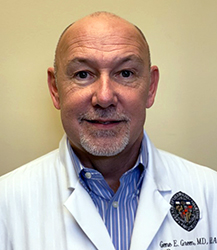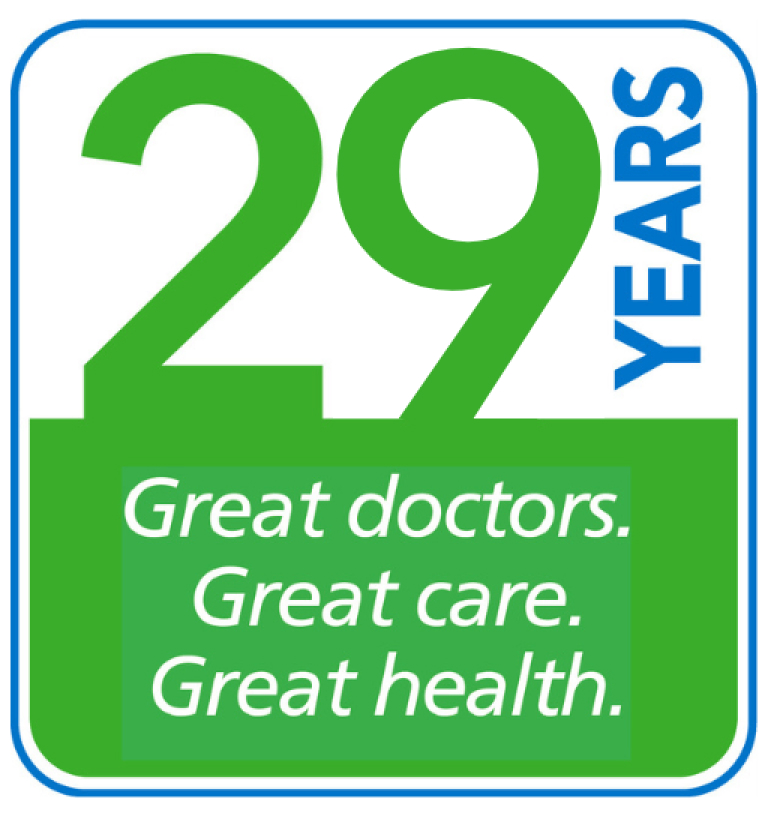Protect Your Health: Simple Steps to Manage & Prevent Diabetes
Diabetes is a chronic condition affecting around 38 million Americans, with 90-95% of them having Type II diabetes. When blood sugar, or glucose, is too high, it can lead to serious health complications affecting the eyes, kidneys, nerves, and heart, and can even increase the risk for certain cancers. The good news? With the right steps, you can lower your risk and manage diabetes to live a healthier, more vibrant life.
Lifestyle Interventions Can Help with Diabetes Prevention
Unfortunately, the number of Americans with Type II diabetes is growing – as is the number of Americans with prediabetes. Prediabetes is defined as having elevated blood sugar, before reaching the levels needed for Type II diabetes.
About 1 in 3 adults in the U.S. has prediabetes, yet over 80% aren’t aware. Without action, many could develop type 2 diabetes within five years. However, it is possible to prevent progression or even reverse prediabetes through simple lifestyle interventions like a well-balanced diet, staying active, and maintaining a healthy weight.
Ask your MPCP physician if you’re at risk for diabetes or prediabetes, and learn steps to protect your health.
Know the Symptoms
Regular screening is key, especially if you have risk factors for Type II diabetes. Early detection can make all the difference. Knowing the symptoms can help you know when you should request screening or speak with your physician:
- Increased Thirst
- Frequent Urination
- Fatigue
- Blurred Vision
Risk Factors You Should Know
While some risk factors can’t be changed, others are within your control. Major risk factors include:
- Being overweight or obese
- Leading a sedentary lifestyle
- High blood pressure
- Family history of diabetes
If you have one or more of these risk factors, consider talking to your MPCP physician about screening options and lifestyle adjustments.
Take Action to Lower Your Risk
- Choose a Balanced Diet: Focus on whole grains, lean proteins, and vegetables. Limit sugary and processed foods to help keep blood sugar stable.
- Stay Active: Aim for at least 150 minutes of moderate exercise weekly. Regular activity improves insulin sensitivity and helps regulate blood sugar.
- Stay Hydrated: Drinking plenty of water supports healthy blood sugar levels and supports your overall wellness.
Keep Up with Screenings: Regular check-ups can catch changes early. If you’re at risk, ask your MPCP physician about scheduling a diabetes screening.
For Those Managing Type II Diabetes—Small Changes, Big Impact
If you’re managing diabetes, daily habits are crucial. Here are a few tips to stay on track:
- Monitor Blood Sugar: Regular checks help you understand how food, activity, and medications impact your levels.
- Manage Stress: Chronic stress affects blood sugar. Try techniques like deep breathing, meditation, or hobbies to reduce stress.
Check Your Feet: Diabetes can cause circulation issues, particularly in the feet. Inspect your feet daily to catch potential issues early.
Ask Your MPCP Physician
Concerned about your risk of developing Type II diabetes or need guidance on managing it? Your MPCP physician can help you create a personalized plan that aligns with your lifestyle and health goals.
Take control this Diabetes Awareness Month—get in touch to connect with your MPCP provider for support and guidance to protect your health and live well with diabetes.






